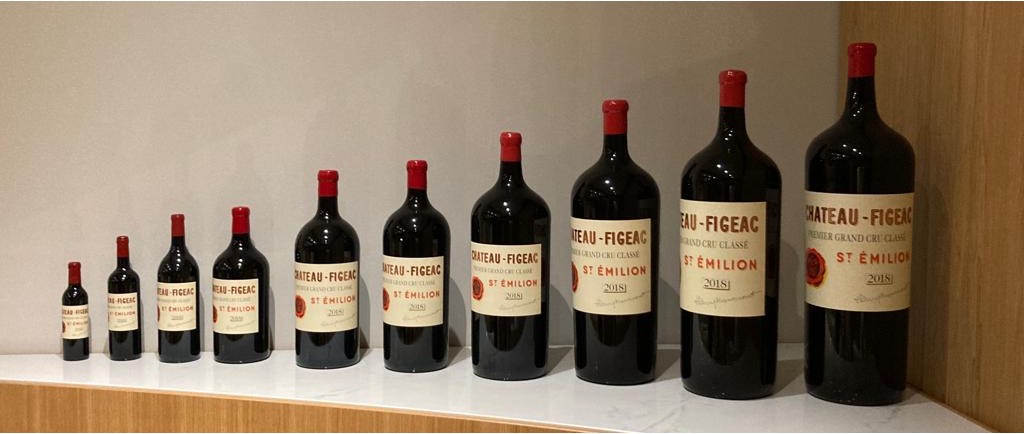In the early days of viticulture, wine was first stored in amphorae – objects now symbolic of antiquity. In the 17th century, barrels took over, though they quickly proved impractical for storage or transportation, and lacked a good seal. As avid wine importers and drinkers, the British came up with the idea of using 75cl glass bottles. Tinted glass then replaced the barrels to protect wine from light, measure the quantity sold precisely, and facilitate commerce.
The 75cl remains wine’s standard bottle measure to this day, but larger formats – magnums, imperials etc, are also produced. Below we discuss the risks and rewards of larger formats.
Ageing gracefully
As a living product, wine evolves via gentle reaction with oxygen through the cork of a bottle over time. The rate of this process in 75cl format is slowed further in a magnum: despite the larger bottle, the neck and cork remain the same size as a standard bottle, thus reducing the proportional surface area exposed to oxygen.
Formats larger than magnum follow similar logic in their ageing benefits, but also carry a certain risk. The Biblically-named bottles above magnum format – Jeroboam (5L), Methuselah (6L), Salmanazar (9L), Balthazar (12L), Nebuchadnezzar (15L) etc – are generally bottled manually, rather than in the controlled environment of a bottling line. This can mean that excess oxygen enters the bottle at the beginning of its life, and the ageing benefits otherwise afforded big formats is cancelled out.

There’s worth in weight
When the new vintage of a wine is released onto the market, the proportional difference in cost between formats tends to be minimal – a magnum costs roughly two times a 75cl, a double-magnum four times a 75cl etc. Over time, however, the value growth potential of a larger format is greater than for standard bottles due to its rarity. Estates produce fewer large formats than bottles; so the larger the format, the greater the scarcity, the higher the potential premium.
On the flipside, and despite their high value, very large formats are less liquid – any eventual resale will take longer, as the market for such rare gems is narrower.
How big should you go?
With an eye on long-term ageing, we prefer magnums and double-magnums at 1275. These formats reap sufficient reward in ageing and offering the “wow” factor when opened, while mitigating the risks of oxygen damage in bottling or illiquidity at the point of resale.
As with any investment portfolio, we encourage diversity in bottle format as well as regions, vintages etc. So, while it ultimately depends on how you choose to use your collection, size matters when investing in wine.

